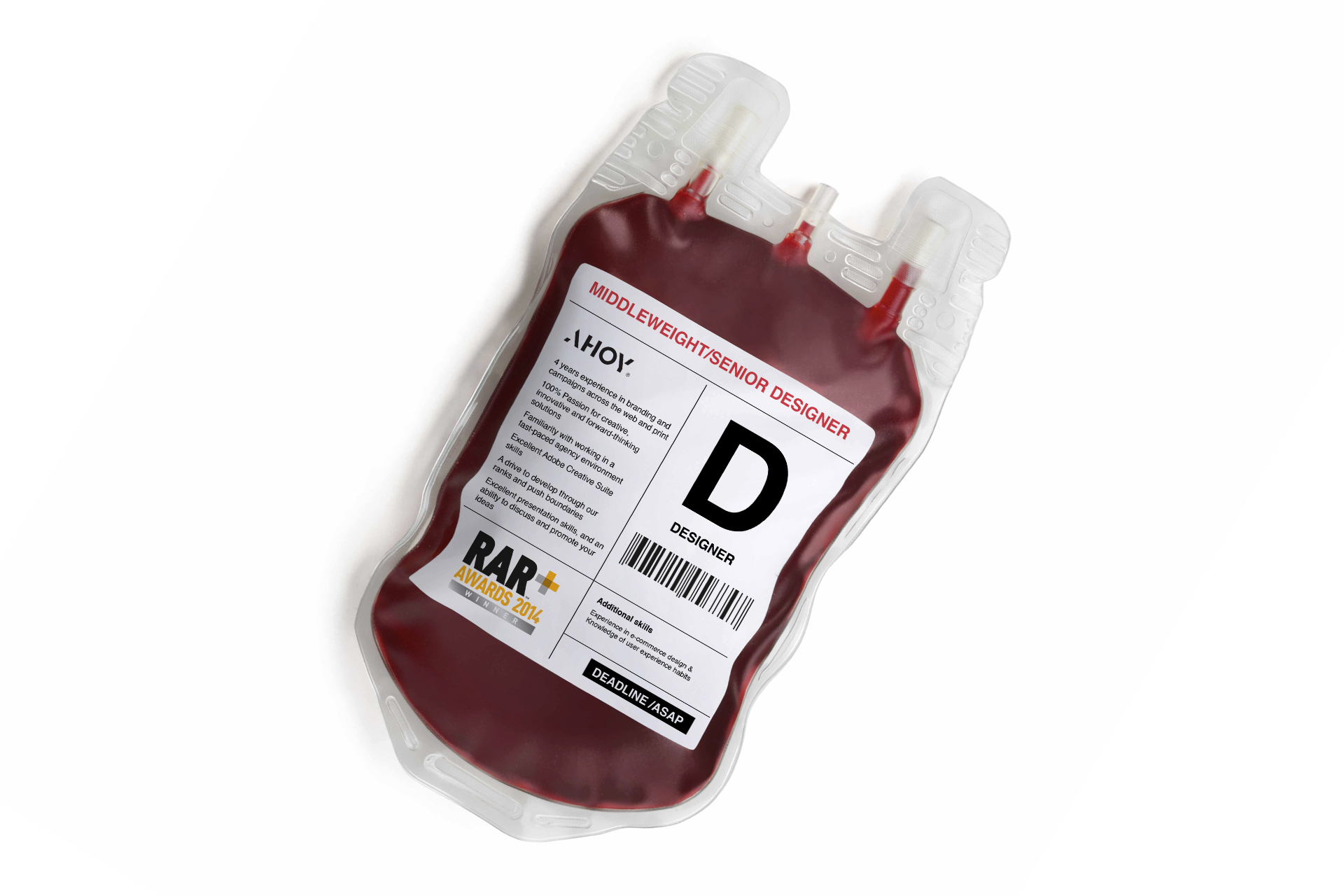

Another group of interest are apheresis donors, whose blood comes in contact with long lines of DEHP-PVC tubing. These patients receive fresh blood products, although DEHP concern is not the prime reason for using fresh blood, but is regarded as an added benefit. A recent International Forum on the topic 6 revealed that for particular patient groups, including neonates that require large-volume transfusions, as well as adult patients that require frequent transfusions (dialysis, cardiac or trauma patients), there is concern of high exposure to DEHP. However, in medical care, the basic DEHP-PVC formulation of blood container plastic and many other disposables is still in use today despite these concerns. After DEHP had been labelled as a toxic compound category 2 (that is, toxic effect on fertility and development) earlier this century 5, the search for alternatives has been intensified, resulting in nearly complete replacement by other plasticizers and/or materials for use in the food and toys industry.
Blood bag typ o professional#
Professional and public interest in alternative plastics for blood storage has varied over time, reflecting both environmental and health concerns. Questions about the safety of DEHP in blood bag systems have been raised since the early 1970s, when considerable quantities of the plasticizer were found in various tissues of deceased transfusion recipients 4. The standard plastic used in blood bag manufacture contained about 55% PVC with up to 40% w/w DEHP plasticizer. Over the years, the use of the plastic was essential in the facilitation of component manufacturing, thereby making available platelets for cancer care, and plasma for fractionation.

Twenty-four-hour recovery in vivo was 84% for ACD anticoagulated blood in DEHP-PVC after 20-day storage and 72% after 28 days 1, contrasting to around 70% after 21 days in bottles 3. 6♷% in glass) and gave fewer pyrogenic reactions 2. It reduced red cell haemolysis fourfold compared with storage in glass, resulted in reduced rates of bacterial contamination (0♵3% in plastic containers vs. In the end, polyvinyl chloride (PVC) copolymer, plasticized with di-2-ethylhexyl phthalate (DEHP), had all of these desired properties 1, 2. The plastic needed to be tolerant of the temperatures required for both steam sterilization and plasma freezing, clear to allow visual assessment and processing and strong enough to tolerate centrifugal processing and pressure infusion. Plastic blood bags were developed as a replacement for glass bottles to prevent contamination, breakage and air embolism and allow the sterile manufacture of components and facilitate their separate storage. The modern plastic blood bag was invented and made as a prototype in 1947, tested clinically in the 1950s at Harvard and used experimentally in the Korean War and finally licensed and widely introduced in the early 1960s. The necessity to remove DEHP from blood bags still needs to be determined. A variety of alternative platelet storage systems are available, but their significance – other than improved oxygen transport – is poorly understood. Most RBC products are stored in DEHP-plasticized PVC as no fully satisfactory alternative exists that ensures adequate storage with low haemolysis. Alternatives for plasma storage with better fracture resistance at low temperatures exist. Plastic bags (DEHP-free, PVC-free) for platelet storage with better gas diffusion capabilities are widely available. Alternatives to DEHP for red blood cell (RBC) storage exist, but are mostly in a developmental stage. Specific issues addressed included the use of di-ethylhexyl phthalate (DEHP) as plasticizer for polyvinyl chloride (PVC) blood bags, the size, material and thickness of platelet bags, and the fracture resistance of plasma bags. The lists were analysed by experts to assess the degree to which the products attend to scientific problems.

The lists were combined and sorted by planned use. Blood bag manufacturers were invited to submit lists of the bags they manufacture. Progress towards optimal storage systems is driven by medical, scientific, business and environmental concerns and is limited by available materials, consumer acceptance and manufacturing and regulatory concerns. The blood bags made by Vogt Medical are suitable for blood collection (autologous blood donation) and for storage of various blood products (platelet concentrates).Plastic blood bags improve the safety and effectiveness of blood component separation and storage.


 0 kommentar(er)
0 kommentar(er)
